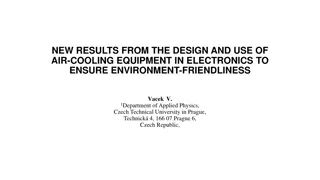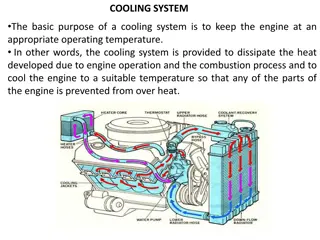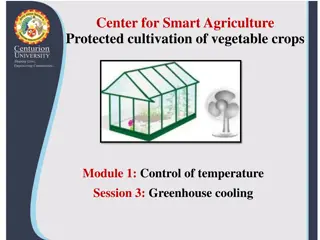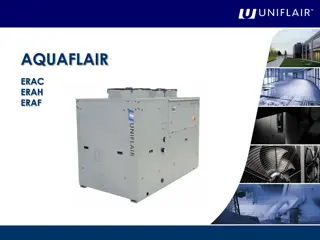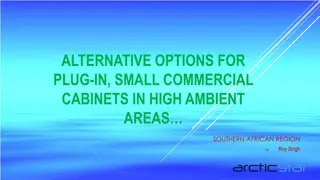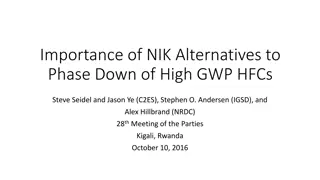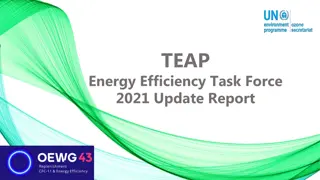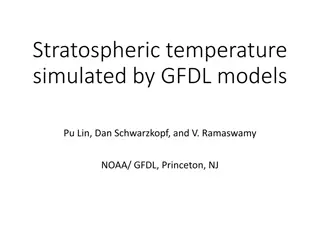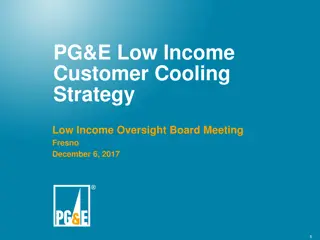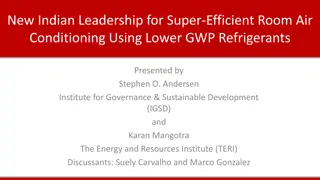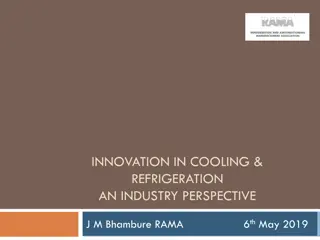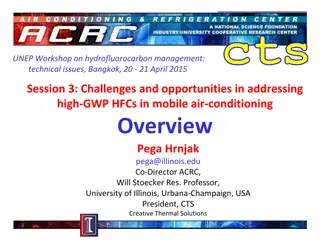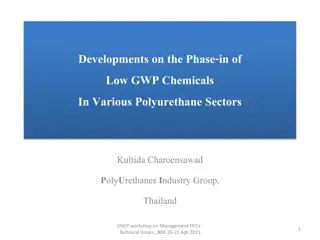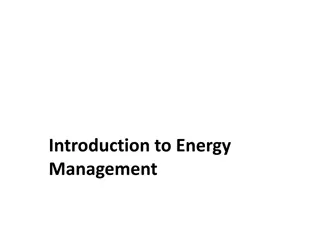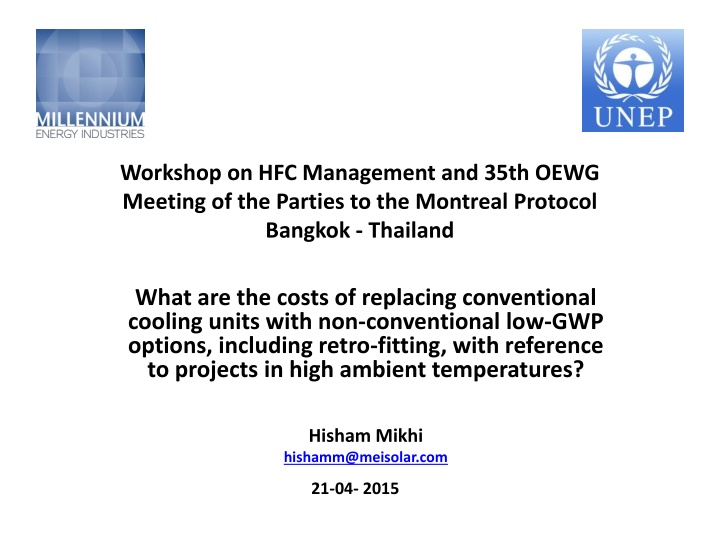
Costs of Replacing Cooling Units with Low-GWP Options in High Ambient Temperatures
Explore the costs associated with replacing traditional cooling units with non-conventional, low-GWP alternatives, including retro-fitting, in projects set in high ambient temperatures. Contact Hisham Mikhihishamm@meisolar for more information.
Download Presentation

Please find below an Image/Link to download the presentation.
The content on the website is provided AS IS for your information and personal use only. It may not be sold, licensed, or shared on other websites without obtaining consent from the author. If you encounter any issues during the download, it is possible that the publisher has removed the file from their server.
You are allowed to download the files provided on this website for personal or commercial use, subject to the condition that they are used lawfully. All files are the property of their respective owners.
The content on the website is provided AS IS for your information and personal use only. It may not be sold, licensed, or shared on other websites without obtaining consent from the author.
E N D
Presentation Transcript
Workshop on HFC Management and 35th OEWG Meeting of the Parties to the Montreal Protocol Bangkok - Thailand What are the costs of replacing conventional cooling units with non-conventional low-GWP options, including retro-fitting, with reference to projects in high ambient temperatures? Hisham Mikhi hishamm@meisolar.com 21-04- 2015
Presentation Content Background & Need. The Objective Comparisons Example of 50 KW Cooling Capacity Chillers Typical Absorption Chiller/Solar Package - Schematic Example - 50 KW Absorption Chiller/Solar Package for Heating and Cooling installed in Jordan. Factors Affecting Cost & Output
Background & Need The Background The Need The increasing demand for air conditioning in countries with hot climate and changes to life styles, for example GCC and rest of MENA etc.. Such countries usually have some of the global optimal solar conditions (high average solar radiation 5-7kwh/m2) Currently one of the available technology for air conditioning are conventional chillers with low efficiencies (COPs) operating on GWP, mainly refrigerants with climate- damaging effects, and high leakage rates. The minimum needs (few months per year) for hot water resulting into solar thermal heating on its own being un economical with long investment paybacks and redundant most of the year. The huge continues and increasing consumption of electricity for operating such chillers. The need to create the basis for establishing sustainable air-conditioning dependent on natural refrigerants and hence reducing GWP emissions.
The Objective Replacing conventional cooling units with non-conventional low-GWP Units Conventional Electrical Chiller Solar Driven Absorption Chiller Typical thermal driven absorption chiller running on hot water of approx. 90 deg. C and air cooled. Natural refrigerant being water/ Lithium Bromide Hot water generated by fixed solar collectors or any other forms of waste heat. Typical small to medium air cooled conventional chiller with GWP refrigerant and installed outdoors Running on electricity
Comparison Example of 50 KW Cooling Capacity Chiller Conventional Chiller Absorption Chiller Cooling Capacity (KWth) 50 50 Electrical Capacity Need (KWe) 15 5 (Pumps & Dry Cooler) Thermal Capacity Need (KWth) 0 63 Refrigerant R-407C or R-410A Water/ Lithium Bromide COP 3.5 0.79 Wight (Kg) 750 900 Expected Life Time (Years) 25 25 Unit Cost (US$) 15,000 60,000 Note: Above numbers are approx. and may vary
Typical Absorption Chiller/Solar Package - Schematic
Example - 50 KW Absorption Chiller/Solar Package for Heating and Cooling Installed in Jordan # 1 2 Item Description Chiller Solar Field Description QTY 1 135 m2 1 1 1 1 1 1 1 50 KW cooling Evacuated Tube Collector Solar Primary Pump Chiller Hot water pump Chiller Cooling water pump Chilled water pump (Optional) Hot water Buffer Tank approx. 1000 Lts (Optional) Chiller Dry cooler approx. 100KW Heating usage Solar to Boiler Advanced control unit with optional BMS connection System mechanical piping, installation and start up Total Above System Cost (US$) Payback of above solar heating/cooling system varies between 7 and 15 years depending on location ,utilization factor, back-up design and requirements. Solar heating/cooling system life time is approx. 25 years. Surface area required for solar panels and chiller 250 m Above numbers are approx. and may vary 3 Pumps 4 5 6 Buffer Tank Heat Rejection Heat Exchanger 7 Control 1 Piping & Installation 8 1 * 250,000
Factors Affecting Cost & Output Funded by German Federal Ministry for the Environment, Nature Conservation and Nuclear Safety (BMU) and in partnership between Jordan Ministry of Environment and Deutsche Gesellschaft f r Internationale Zusammenarbeit (GIZ) GmbH; Four Solar Cooling projects are retrofitted by MEI into existing buildings in various locations in Jordan to establish basis for sustainable air-condition industry in Jordan and in the MENA region: Following actors are learned from the 4 projects that affect cost & output: 1. Integration into existing cooling/heating systems and site criteria such as need of crane, length of piping, location of chiller and equipment related to final connection point. 2. Conventional heating/cooling operating temperatures 3. Conventional load profile and ability to match solar output 4. Readiness of land/roof area for solar collectors and equipment . 5. Availability of existing storage that can be utilized for heating /cooling
Thank You info@meisolar.com

